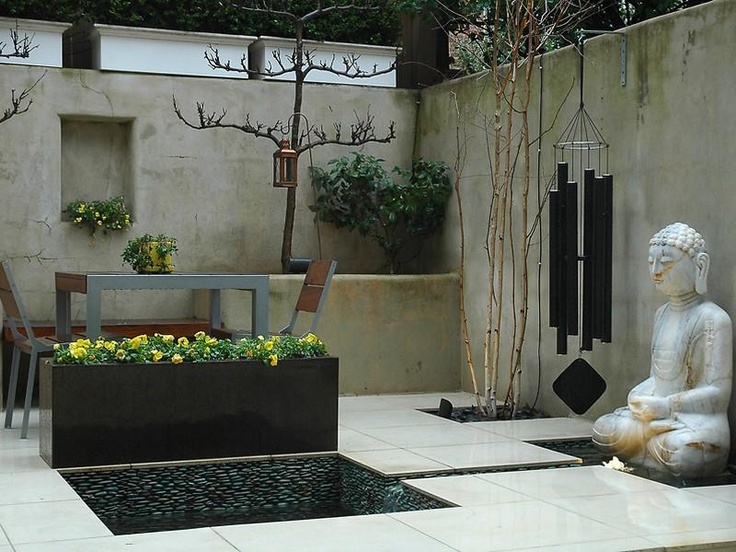

Temperatures below 53F can be problematic.'īuy a Dragon Tree from Fast Growing Trees. 'Adaptable to a range of light conditions and resistant to drought, the Dragon Tree is easy to care for as long as you don’t overwater and keep it relatively warm. The Dragon Tree is associated with wisdom and strength, which aligns well with the serene and contemplative atmosphere of a zen/Japanese-style setting,' explains Mark. It's upright growth and architectural form make it an excellent choice for adding height and structure to a space. 'The Dracaena marginata features long, slender leaves with red or burgundy edges, creating a striking visual contrast. It's very architectural, with its striking spiky leaves, so we would recommend softening the look with a textured concrete or terracotta pot and displaying it with other houseplants rather than letting it stand alone.

You often find it in offices too because it's such a low-maintenance plant. The Dragon Tree is a super popular houseplant. It also appreciates higher humidity levels, so misting is welcomed.'īuy a Japanese aralia plant from Amazon. 'This plant prefers bright, indirect light and requires regular watering to keep the soil evenly moist. In Japanese gardens, the Japanese Aralia is often used to add structure and depth, representing the abundant beauty found in nature.' explains Mark. It brings a sense of lushness and drama to a space, while still maintaining a clean and uncluttered aesthetic. 'The Fatsia japonica's large, glossy leaves and tropical appearance create a bold and exotic focal point. The Japanese Aralia is perfect for pairing with some of the more fleshy succulents we have so far mentioned, or more delicate ferns to create a Japanese-inspired indoor garden.

Rather than adding lots of color with flowering plants, the interest comes with layering lots of different shapes and textures of greenery - this is also how plants make a room look more expensive. Watch this video to make a beautiful stone waterfall.Zen gardens are so often all about the greenery. Japanese garden includes white stones and pebbles that signify purity. Bamboo Fountainīamboo fountain combines the elements of zen with the soothing sound of flowing water that can help you relax.
#Indoor zen garden how to#
We have a great article on how to make a Japanese Zen garden in the balcony for that peaceful sit-out experience. Tabletop Moss Zen GardenĪll you need is a drill and ceramic-tile bit, ceramic dish, landscape fabric, pea gravel, well-draining potting mix, rocks, and vascular plants and moss to make this one! 13. This mini desktop zen garden will encourage a thoughtful interaction with the natural elements. You can make this one easily using Wood Shadow Box, Decorative Floral Lava Rocks, Sand, and Artificial Succulents. This beautiful yin yang peace garden can also be displayed as a fairy garden.

This little fairy garden will bring a touch of zen to your home! Teacup, Small rocks and mixed soil, Dry twigs, Cutting pliers, Super Glue with Moss, and ferns are all you need! 9. The statue will add a touch of art to this feature. This fountain will help to bring a touch of Zen into your home by combining plants with a water feature. It can be a great addition to your meditation room. Watch this video to make a small yet beautiful zen garden. Bonsai Dish Gardenīonsais are an integral part of zen gardens and you could add the same to your home using the help of this DIY. It is best to promote feelings of tranquility and calm. Make this zen garden using a Mini rake, Container, Sand, Essential oils, and stones. Using Bonsai soil, Peat moss, Sphagnum moss, Assorted jute twines, and Scissors, you can make a great planter for ferns and have a zen mini garden on the table! Details are here. Here’s an amazing mini zen garden to emphasize calm mindfulness, letting go, and quieting the mind.


 0 kommentar(er)
0 kommentar(er)
